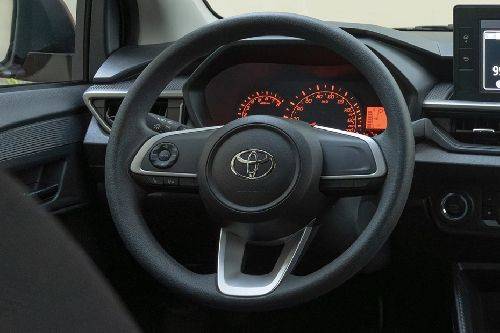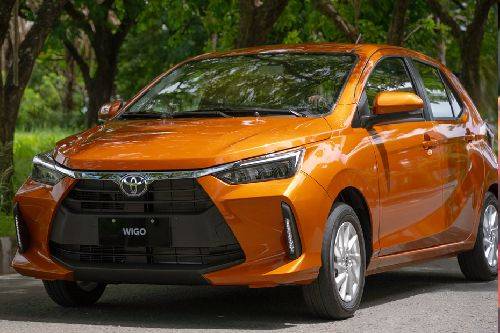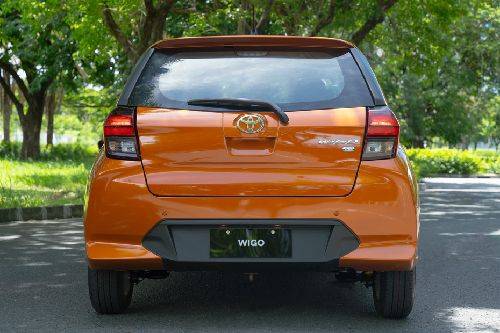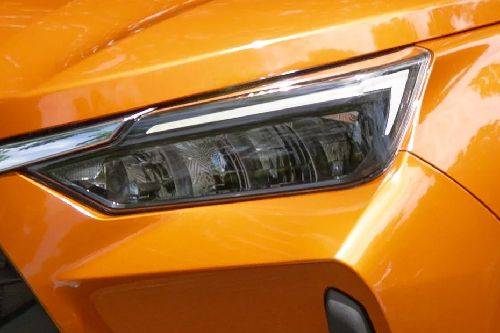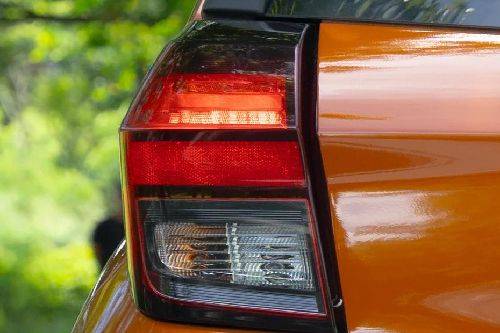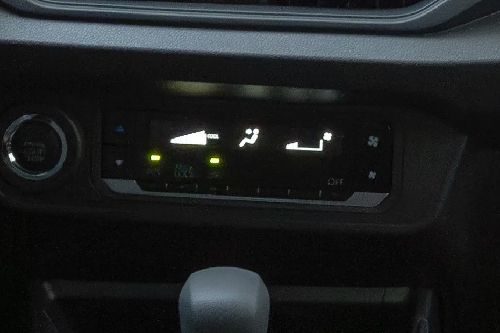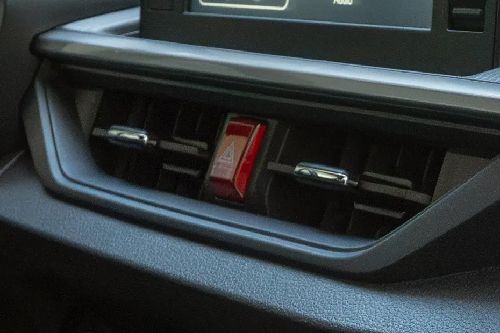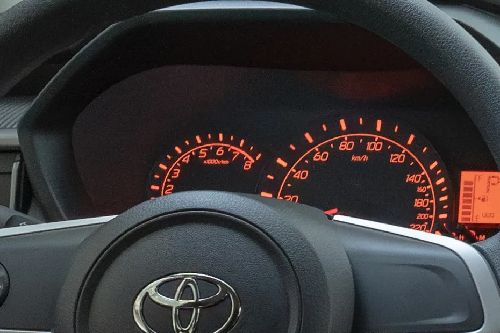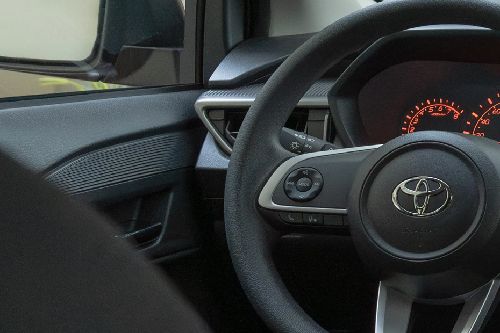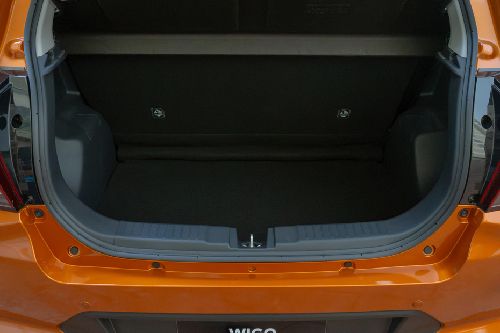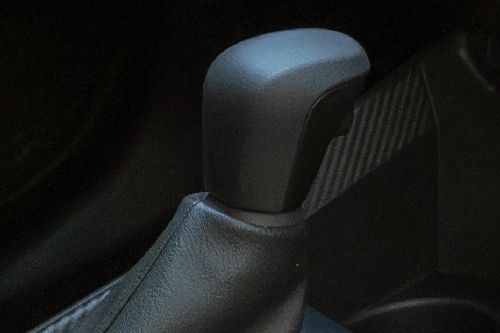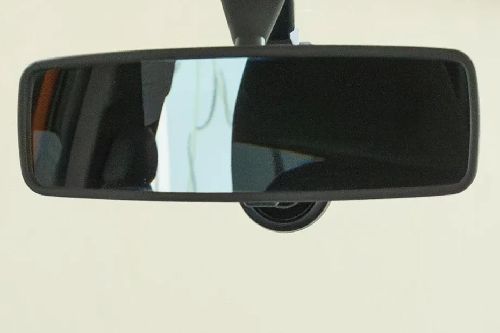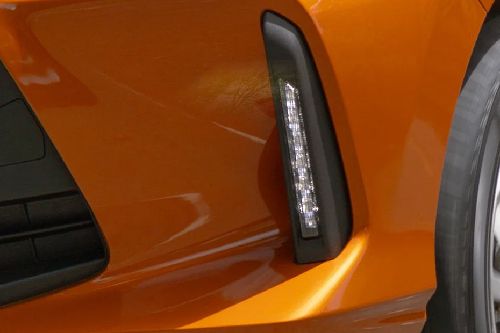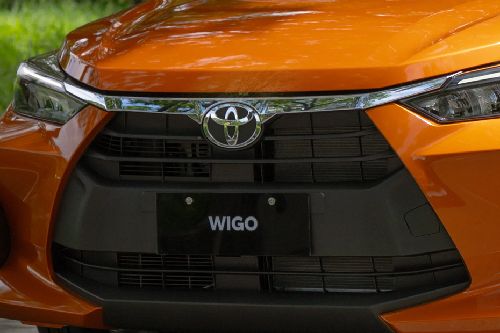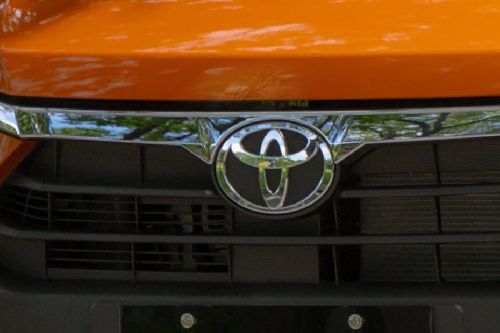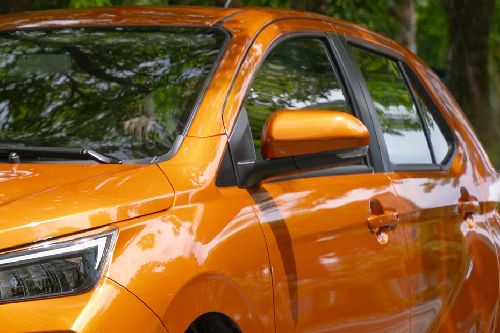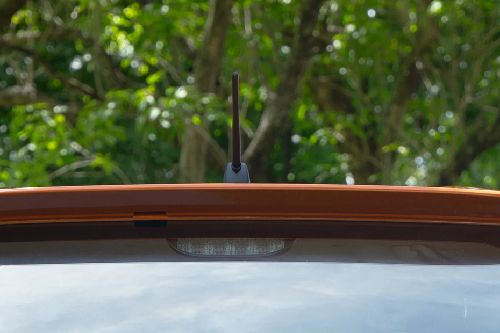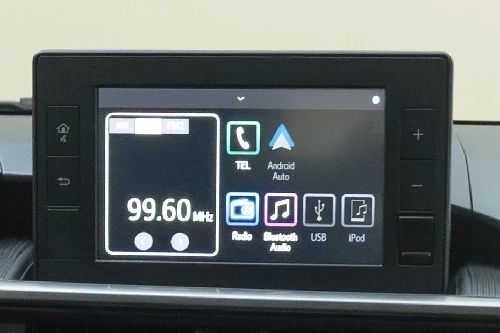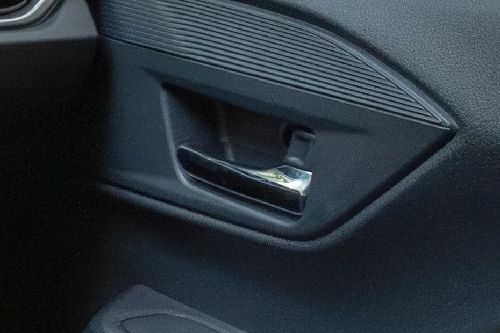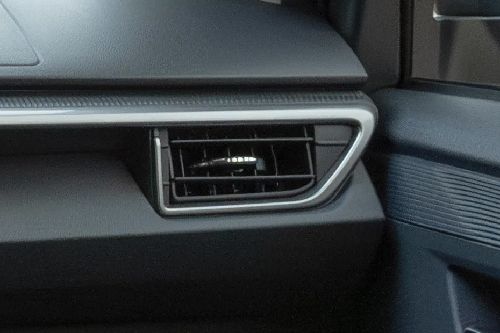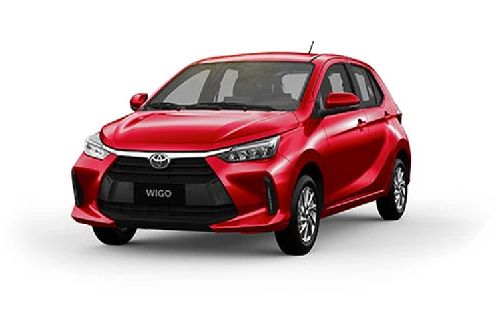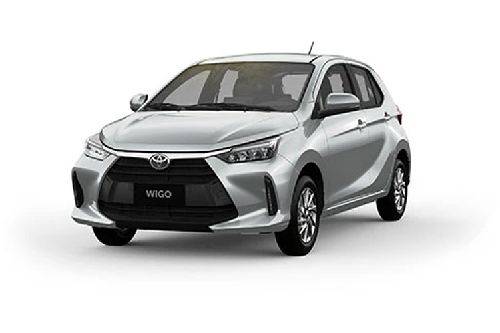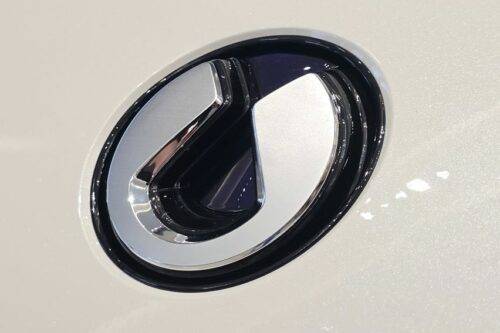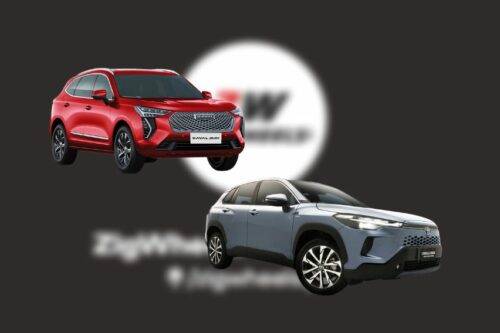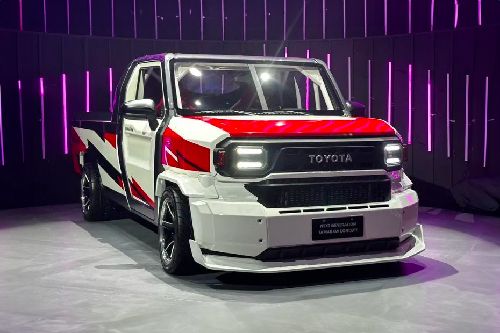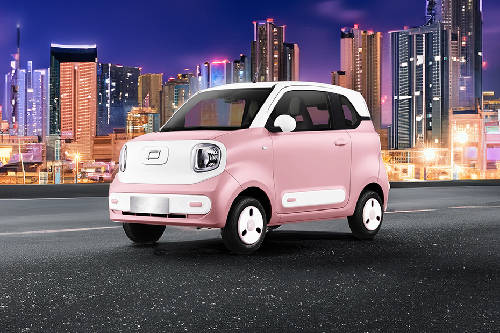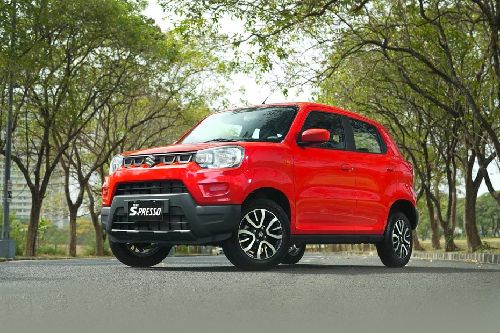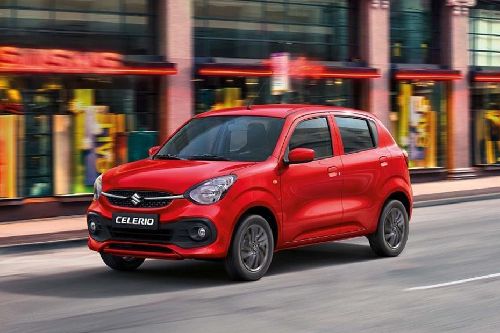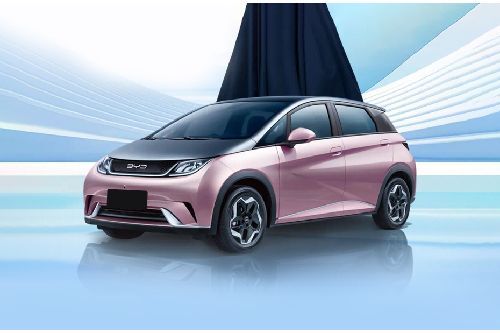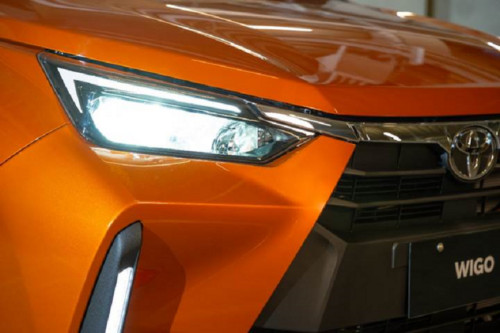Toyota Wigo: Maintenance guide
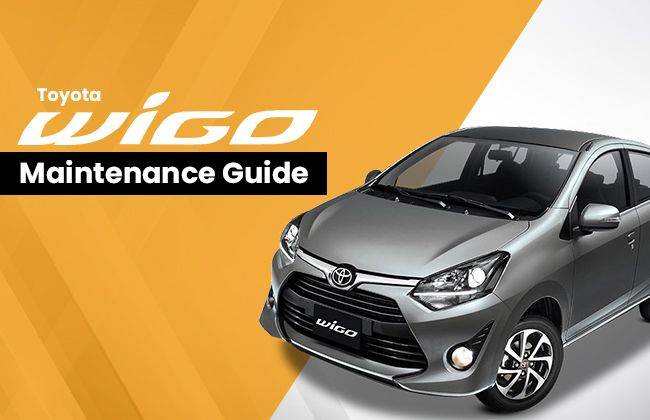
Buying a car is no more a task nowadays. What’s troublesome is maintaining one. Whether you buy an entry-level hatchback or a luxurious sedan, each demands attention because at the end of the day it is a machine and usual wear and tear will take place. However, with the passage of time and technological advancement,
things have significantly improved offering a stress-free ownership experience. And if we talk about companies like Toyota, they have changed the entire picture of automobiles, from looks to potent drivetrains to storage capacities and much more. The cars produced in their plants are refined and capable of running those extra miles without inviting trouble.
One such production we are talking about here is the Toyota Wigo, an entry-level hatchback with sporty looks, intelligent proportions, generous space, and potent engine. The car comes with ample of features to impress you as a buyer, whether it’s convenience or safety, all at an affordable price.
Though it is easy to maintain as most Toyotas, there are some periodic checks that you, as a buyer need to perform to be sure of its performance and health. So, in order to keep it moving for hundreds of miles, you are required to follow a strict maintenance schedule. These are certain things that you can check at home with zero professional assistance that will help you retain your car’s value.
Checking fluid levels
Just as a human body, cars can also not survive without an adequate amount of fluids. Ensure that water, oil, and coolant are filled to the prescribed levels. It is necessary to do this kind of check once a week. The better your car is hydrated the better it will perform. On long routes, carry extra water for your Wigo. This is to cool your Wigo down when it gets overheated due to a continuous run and also for maintaining levels of windshield fluid in case of an emergency.
Checking other engine essentials
Aside from checking the fluids, make sure that hoses, belts, and plugs under the hood are stable, secure, and free of rust. Belts are subjected to rusting, so, an occasional check will help you know the condition better and you’d know when there is a need for a replacement. They are vital for keeping the engine in a healthy state, hence, do not ignore if you find anything fishy. Also, inspect the battery from time to time. Get it replaced as soon as it starts to trouble.
Inspecting the brake pads
A worn out brake pad can leave you in all sorts of trouble especially on highways where room for mistakes is the least. It’s about you as well as other occupants’ lives. You cannot be unsure of how effective your car’s brakes are. You have to be sure about the quality and state of the brake pads, not only for long travels but also for city commutes. Never try to save money at the cost of your life. Get the brake pads replaced in case of the slightest of doubt.
Lights and mirrors
Do not drive with broken headlights. By doing this you not only put your life at risk but the lives of people nearby. A faulty car vision can lead to a dangerous accident that could prove costly in a variety of ways. Make sure that you replace headlight bulbs quickly and do not drive until they are fixed. Same goes with broken or damaged mirrors, IRVM, or ORVMs.
Replacing the oil and filters
It is recommended to replace oil and filter after every 5,000 kms. This not only ensures your car’s healthy state but also keeps you away from unwanted costs that might pop-up if you don’t regularly replace them. Failing to replace oil within prescribed timeframes could result in an engine failure and ask for thousands in repair. Get all possible filters replaced periodically including oil and air filters for proper functioning and durability of the engine.
Don’t ignore the user manual
It is a general practice that most of us tend to follow. The user manual of the car is often never looked at. However, it is a vital document that a car’s buyer needs to pay close attention to. Whether it’s about regular checkups or fuel efficiency or performance, it contains details about everything. So, if you closely look at what a user manual has to offer, then your car’s health and performance will never be in question.
Regular cleaning
No matter if your Wigo is a week old or a month old or maybe a year old, make it a practice to clean it on a daily basis from the inside as well as outside. Get it done at a car wash station or do it yourself at home, doesn’t matter as long as your Wigo remains clean. Regular cleaning of the car will keep it away from corrosive tendencies, foul smells, colour fading, and dirt damages.
In the end, do not ignore a rattling sound or an unusual sound coming from the engine, silencer or underneath the body. If you can’t identify the cause please visit an authorized Toyota service centre for a check-up by professional and trained mechanics. Follow the guidelines mentioned in the user manual, drive according to the standards, and treat it like a baby that needs care.
Also Read:- Toyota Wigo: Pros & cons, should you buy the hatch?
Sell your car at the best price
 Verified and genuine buyers
Verified and genuine buyers
-
Explore Toyota Wigo
Toyota Wigo₱609,000 - 729,000 Emi Starts : ₱10,447 x 60
Toyota Car Models
Don't Miss
Toyota Wigo Promos, DP & Monthly Installment
PIMS 2024
- Latest
- Popular
You might also be interested in
- News
- Featured Stories
- Latest
- Upcoming
- Popular
Latest Toyota Wigo Car Videos on Zigwheels

Compare & Recommended

|

|
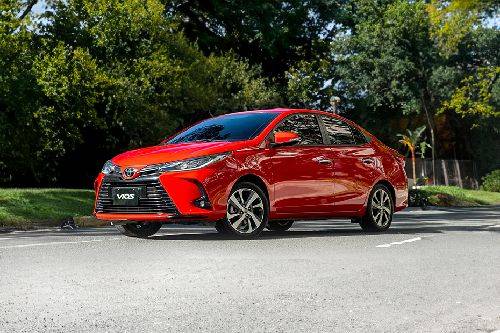
|

|
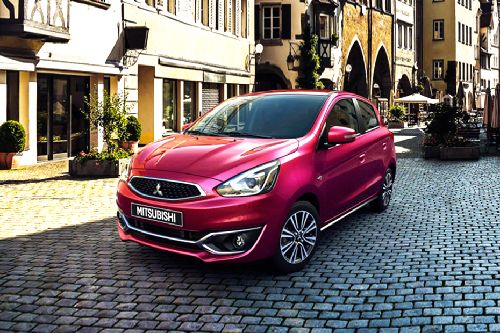
|
|
Ground Clearance
160 mm
|
200 mm
|
133 mm
|
137 mm
|
160 mm
|
|
Fuel Type
Gasoline
|
Gasoline
|
Gasoline
|
Gasoline
|
Gasoline
|
|
Engine
998
|
1198
|
1329
|
1199
|
1193
|
|
Power
65
|
87
|
98
|
89
|
76
|
|
Torque
89 Nm
|
113 Nm
|
123 Nm
|
110 Nm
|
100 Nm
|
|
Transmission Type
Manual
|
Manual
|
Manual
|
Manual
|
Manual
|
|
Wheel Size
R14
|
R16
|
R14
|
R14
|
R15
|
|
|
Trending Hatchback
- Latest
- Popular
Toyota Wigo Car Articles From Carmudi
- journal



